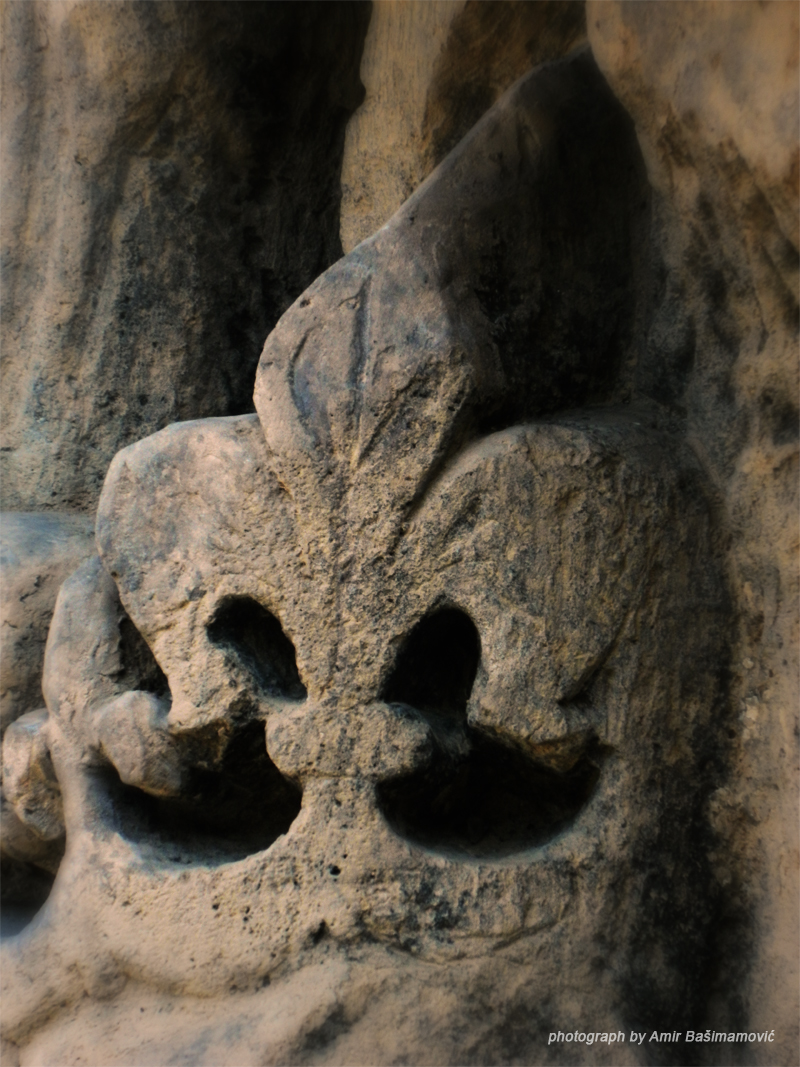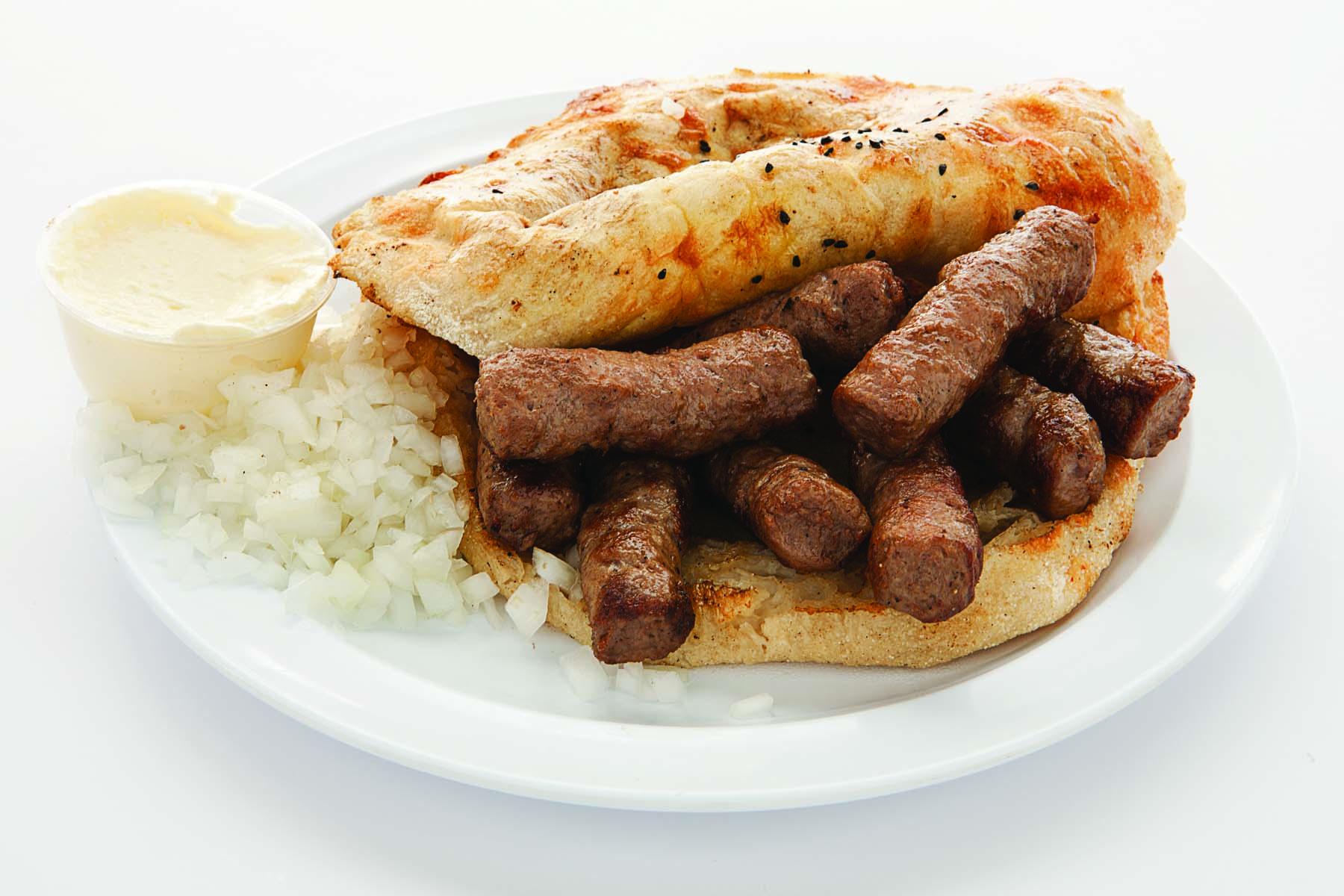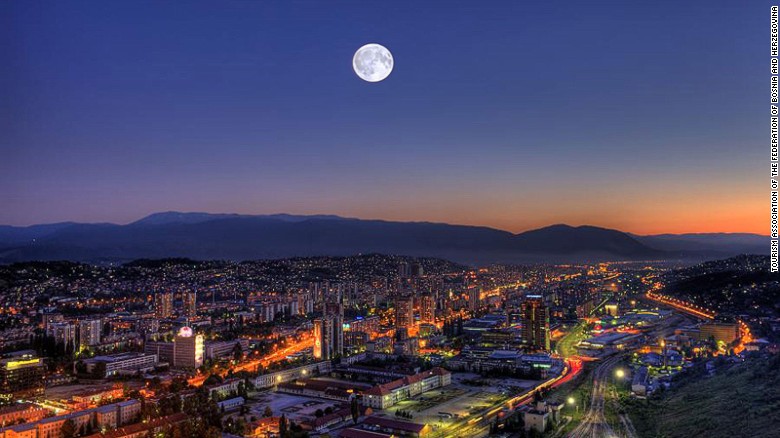
CNN ABOUT BOSNIA AND JAJCE
10 reasons to visit Bosnia and Herzegovina
Many people are aware of the conflict that took place here back in the 1990s, but 20 years on, the country is one of Europe’s most exciting destinations.
Here are 10 reasons to head to this former Yugoslav Republic.
Its vibrant capital: Sarajevo
Nearly three quarters of Bosnia and Herzegovina’s capital was destroyed or damaged by shells and bombs during the war but, since then, Sarajevo has mostly returned to being the vibrant city of years past.
Its historic center blends East and West — visitors can feel they’re in Vienna one minute and Istanbul the next.
Sarajevo’s Ottoman past can be felt in the cobbled streets around Bascarsija.
Here topped copper-green domes overlook narrow alleyway craft bazaars.
Meanwhile grand relics from the Austro-Hungarian Empire span the streets round Ferhadija.
While there are signs of the city’s recent past — shrapnel-scarred walls and cemeteries on surrounding hillsides — Sarajevo is a city that embraces life.
Incredible nature
Traveling across Bosnia and Herzegovina, it’s impossible not to fall in love with the landscape.
Dramatic rocky mountains, cut down the middle with turquoise blue rivers and gushing waterfalls, carpet most of the country.
While Bosnia and Herzegovina only has a 25-kilometer slice of the Adriatic Coastline, overshadowed by the coves and bays of Croatia and Montenegro, the country does win out when it comes to epic gorges and valley drives.
Historic Towns
While it’s easy to spend days, if not weeks, exploring Sarajevo, it’s worth getting out of the capital to explore other towns.
Mostar is one of Bosnia and Herzegovina’s most spectacular cities, with prime Ottoman-era architecture and its famous Stari Most (Old Bridge).
The bridge was bombed in the Croat-Bosniak War in 1993, but has since been reconstructed.
Today, the bridge is 24 meters high at its apex and it is a rite of passage for young dudes to dive off into the River Neretva below.
Also worth a visit is southern Herzegovina’s Ottoman-era Pocitelj, near Croatia.
Jajce in northwest Bosnia is a stunning hilltop town crowned by a medieval fortress with a dramatic waterfall cascading at its base.
Warm and hospitable people
Despite the horrors of the conflict still being fresh in local memories, Bosnians will go out of their way to welcome strangers.
Guests staying with Bosnian families will be made to drink a lot of coffee and eat till they’re stuffed.
Visitors will find people are willing to help them out at any time.
Speaking of coffee…
Bosnian coffee culture
Coffee is the backbone of Bosnia and Herzegovina’s social life.
On first impressions, Bosnian coffee might resemble the Turkish variety, but locals insist they’re completely different.
Fine coffee grounds are prepared with boiling water in a metal coffee pot called a dzezva.
This is then stirred till it becomes a cream color and poured into a round cup known as a fildzan, often served with sugar cubes that are usually dipped into the coffee to balance out the bitterness.
While Bosnian coffee echoes Ottoman traditions, there are also cafes embracing more Western European traditions, serving strong coffee with cakes.
Sarajevo has a seemingly endless supply of cafes where customers can just sit back, relax and watch the world go by.

It’s cheap
Sarajevo is one of Europe’s cheapest capitals, and outside the city the prices just get lower.
Eating out can cost as little as 3-5 Bosnian Marks (less than $3).
When compared to neighboring Croatia, which has prices tending towards Western European levels, it’s ridiculously cheap.
That said, visitors could still wind up spending all their money at the wonderful bazaars.

Great for shopping
There are some amazing shopping opportunities in Bosnia and Herzegovina.
Not only are prices low when compared with the rest of Europe, the level of craftsmanship is amazing.
Hand-hammered copper goods, some handmade delicate lace, as well as traditional carpets, weaves and jewelry are among the traditional specialties.
More unique are the pens on sale in the market around Sarajevo’s Bascarsija – they’re made out of bullets from the siege of 20 years ago.
Ethnic and religious diversity
Bosnia and Herzegovina has always been a country known for its trade and consequently has long had a diverse population.
Today you may hear mosques calling out to prayer across the valleys, followed by the sound of church bells.
In downtown Sarajevo a mosque, a synagogue, a Catholic church and an Orthodox church can all be found in the same block.

Land of adventure
Adventure travel fanatics are well catered for in Bosnia and Herzegovina.
The rocky mountains are fantastic not just for hiking and climbing, but also rafting, paragliding and mountain biking.
Going off the beaten track require some care though, as some areas might still carry the risk of landmines left over from the war.
Food
From crunchy, flaky burek filled with tangy white cheese to succulent cuts of grilled meat, Bosnia and Herzegovina’s cuisine is humble but satisfying.
Ingredients are fresh and locally sourced.
That means a healthy dose of Shopska Salad accompanied by a spongy, freshly baked flat bread is hard to beat.
http://edition.cnn.com/
